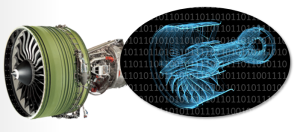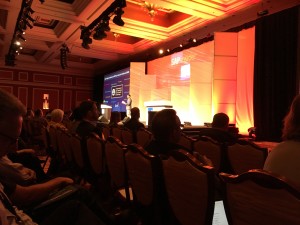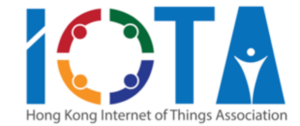One final effort to work this blockchain obsession out of my system so I can get on to some exciting other IoT news!
I couldn’t resist summarizing for you the key points in”Blockchain: the solution for transparency in product supply chains,” a white paper from Project Provenance Ltd., a London-based collective (“Our common goal is to deliver meaningful change to commerce through open and accessible information about products and supply chains.”).
If you’ve followed any of the controversies over products such as “blood diamonds” or fish caught by Asian slaves & sold by US supermarkets, you know supply chains are not only an economic issue but also sometimes a vital social (and sometimes environmental) one. As the white paper warns:
“The choices we make in the marketplace determine which business practices thrive. From a diamond in a mine to a tree in a forest, it is the deepest darkest ends of supply chains that damage so much of the planet and its livelihood.”
Yikes!
Now blockchain can make doing the right thing easier and more profitable:
“Provenance enables every physical product to come with a digital ‘passport’ that proves authenticity (Is this product what it claims to be?) and origin (Where does this product come from?), creating an auditable record of the journey behind all physical products. The potential benefits for businesses, as well as for society and the environment, are hard to overstate: preventing the selling of fake goods, as well as the problem of ‘double spending’ of certifications present in current systems. The Decentralized Application (Dapp) proposed in this paper is still in development and we welcome businesses and standards organizations to join our consortium and collaborate on this new approach to understanding our material world.”
I also love Provenance’s work with blockchain because it demonstrates one of my IoT “Essential Truths,” namely, that we must share data rather than hoard it. The exact same real-time data that can help streamline the supply chain to get fish to our stores quicker and with less waste can also mean that the people catching it are treated fairly. How cool is that? Or, as Benjamin Herzberg, Program Lead, Private Sector Engagement for Good Governance at the World Bank Institute puts it in the quote that begins the paper, Now, in the hyper-connected and ever-evolving world, transparency is the new power.
While I won’t summarize the entire paper, I do recommend that you so, especially if blockchain is still new to you, because it gives a very detailed explanation of each blockchain component.
Instead, let’s jump in with the economic benefits of a blockchain and IoT-enabled supply chain, since most companies won’t consider it, no matter what the social benefits, if it doesn’t help the bottom line. The list is long, and impressive:
- “Interoperable: A modular, interoperable platform that eliminates the possibility of double spending
- Auditable: An auditable record that can be inspected and used by companies, standards organizations, regulators, and customers alike
- Cost-efficient: A solution to drastically reduce costs by eliminating the need for ‘handling companies’ to be audited
- Real-time and agile: A fast and highly accessible sign-up means quick deployment
- Public: The openness of the platform enables innovation and could achieve bottom-up transparency in supply chains instead of burdensome top-down audits
- Guaranteed continuity: The elimination of any central operator ensures inclusiveness and longevity” (my emphasis)
Applying it to a specific need, such as documenting that a food that claims to be organic really is, blockchain is much more efficient and economical than cumbersome current systems, which usually rely on some third party monitoring and observing the process. As I’ve mentioned before, the exquisite paradox of blockchain-based systems is that they are secure and trustworthy specifically because no one individual or program controls them: it’s done through a distributed system where all the players may, in fact, distrust each other:
“The blockchain removes the need for a trusted central organization that operates and maintains this system. Using blockchains as a shared and secure platform, we are able to see not only the final state (which mimics the real world in assigning the materials for a given product under the ownership of the final customer), but crucially, we are able to overcome the weaknesses of current systems by allowing one to securely audit all transactions that brought this state of being into effect; i.e., to inspect the uninterrupted chain of custody from the raw materials to the end sale.
“The blockchain also gives us an unprecedented level of certainty over the fidelity of the information. We can be sure that all transfers of ownership were explicitly authorized by their relevant controllers without having to trust the behavior or competence of an incumbent processor. Interested parties may also audit the production and manufacturing avatars and verify that their “on-chain” persona accurately reflects reality.”
The white paper concludes by also citing an additional benefit that I’ve mentioned before: facilitating the switch to an environmentally-sound “circular economy,” which requires not only tracking the creation of things, but also their usage, trying to keep them out of landfills. “The system proposed in this paper would not only allow the creation (including all materials, grades, processes etc) and lifecycle (use, maintenance etc) to be logged on the blockchain, but this would also make it easy to access this information when products are returned to be assessed and remanufactured into a new item.”
Please do read the whole report, and think how the economic benefits of applying blockchain-enabled IoT practices to your supply chain can also warm your heart.






